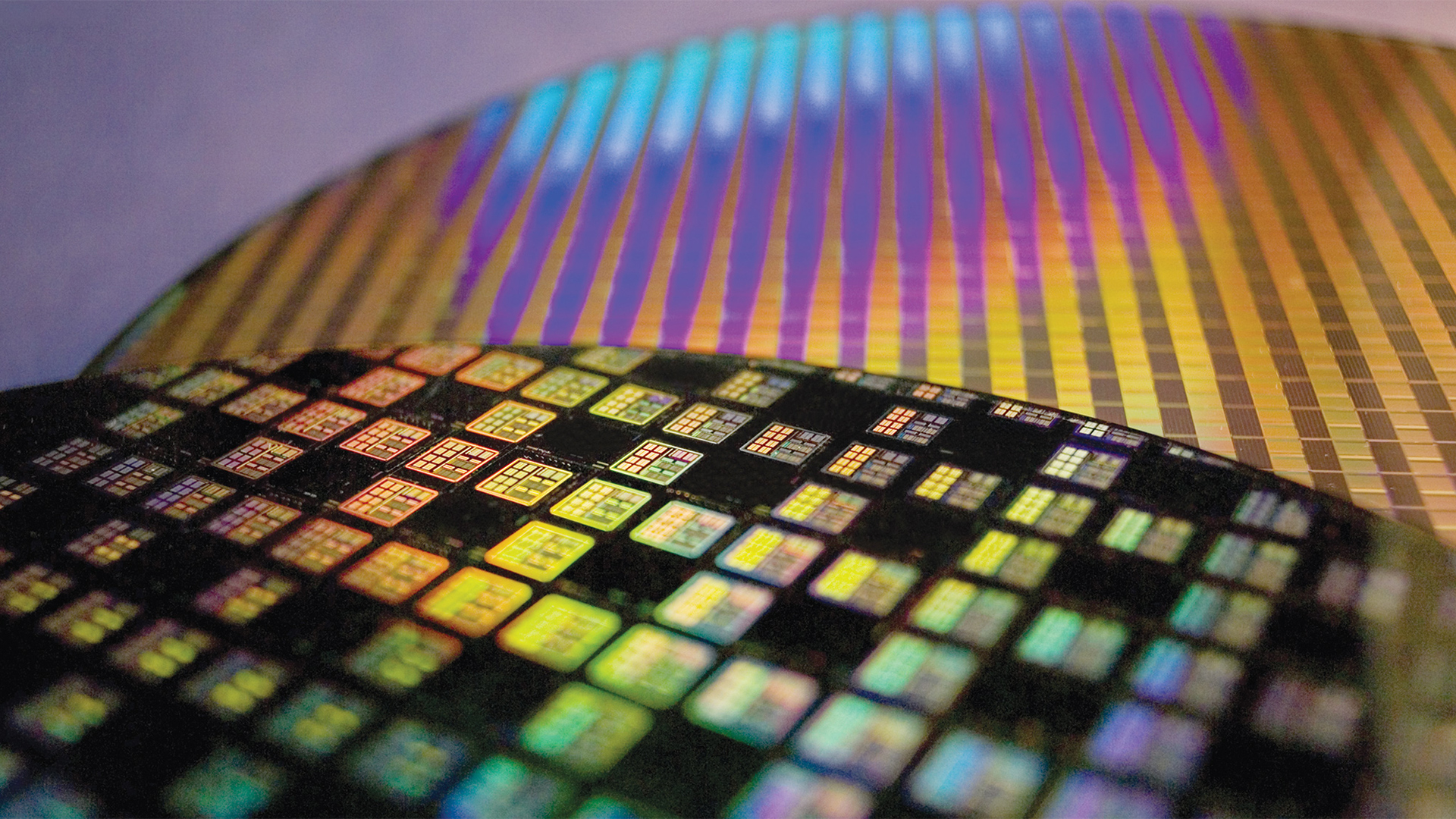4nm vs 5nm Processor, Which One's Better?
The world of computer processors is always evolving, and with the development of new manufacturing processes, we are now seeing chips with even smaller feature sizes. Two of the most advanced processes currently available are the 4nm and 5nm manufacturing processes.
While both are incredibly advanced, there are some key differences between the two. In this article, we will explore the differences between 4nm and 5nm processors and help you decide which one might be better for your needs.
What is a 4nm processor?
A 4nm processor is a type of semiconductor chip that is manufactured using a process technology with a minimum feature size of 4 nanometers.
The smaller feature size allows for more transistors to be packed into a smaller area, leading to increased performance and efficiency.
A 4nm processor can contain up to 50 billion transistors, which is a significant improvement over previous generations.
One of the key benefits of a 4nm processor is its energy efficiency. Smaller transistors require less power to switch on and off, resulting in lower power consumption and longer battery life in devices such as smartphones and laptops.
In addition, a 4nm processor can also provide better performance, with faster processing speeds and more advanced features such as integrated AI and machine learning capabilities.
What is a 5nm processor?
A 5nm processor is also a type of semiconductor chip that is manufactured using a process technology with a minimum feature size of 5 nanometers.
While this may seem like a small difference, it can make a big impact on performance and efficiency. Like a 4nm processor, a 5nm processor can contain up to 50 billion transistors, but the design and layout of the chip can be different.
One of the key benefits of a 5nm processor is its energy efficiency. By using a smaller feature size, less power is required to switch the transistors on and off, resulting in lower power consumption and longer battery life.
In addition, a 5nm processor can also provide better performance, with faster processing speeds and more advanced features such as integrated AI and machine learning capabilities.
4nm vs. 5nm processor – What's the difference?
While both 4nm and 5nm processors are incredibly advanced, there are some key differences between the two. Here are some of the main differences between 4nm and 5nm processors:
1) Size – The most obvious difference between the two is the size of the feature. While a 5nm process has a minimum feature size of 5 nanometers, a 4nm process has a minimum feature size of 4 nanometers.
This may not seem like a significant difference, but it can impact the number of transistors that can be packed into a given area.
2) Power consumption – Because 4nm and 5nm processors have smaller transistors, they require less power to switch on and off.
However, a 4nm processor may be slightly more energy-efficient than a 5nm processor due to the smaller feature size.
3) Performance – Both 4nm and 5nm processors can provide excellent performance, with faster processing speeds and more advanced features than previous generations.
However, the performance of a 4nm processor may be slightly better than a 5nm processor due to the smaller feature size.
4) Availability – While both 4nm and 5nm processors are currently in development, 5nm processors are already being used in some devices, such as the Apple A14 Bionic chip found in the latest iPhones and iPads.
4nm processors are expected to be available in the next few years, but may not be as widely available as 5nm processors for some time.
When it comes to choosing between a 4nm and a 5nm processor, the decision ultimately depends on your specific needs and use case.
Both types of processors are incredibly advanced and offer excellent performance and efficiency, but there are some key factors to consider when making your decision.
If energy efficiency is a top priority, then a 4nm processor may be a better choice. The smaller feature size means that less power is required to switch the transistors on and off, resulting in lower power consumption and longer battery life. However, if you prioritize performance and speed, then a 5nm processor may be a better choice.
While the performance difference between the two is relatively minor, a 5nm processor may offer slightly better performance due to its larger feature size.
Another factor to consider is availability. While both 4nm and 5nm processors are currently in development, 5nm processors are already being used in some devices such as the latest iPhones and iPads.
4nm processors are expected to be available in the next few years, but may not be as widely available as 5nm processors for some time. If you need a processor for a specific application or device that requires the latest technology, a 5nm processor may be the better choice simply because it is more readily available.
It's also worth noting that the cost of 4nm and 5nm processors is likely to be higher than previous generations due to the increased complexity and advanced manufacturing processes involved.
This is another factor to consider when making your decision, particularly if you are on a tight budget.
Overall, both 4nm and 5nm processors are incredibly advanced and offer excellent performance and efficiency. The decision between the two ultimately comes down to your specific needs and use case, and it's important to consider factors such as energy efficiency, performance, availability, and cost before making your decision.


No comments: